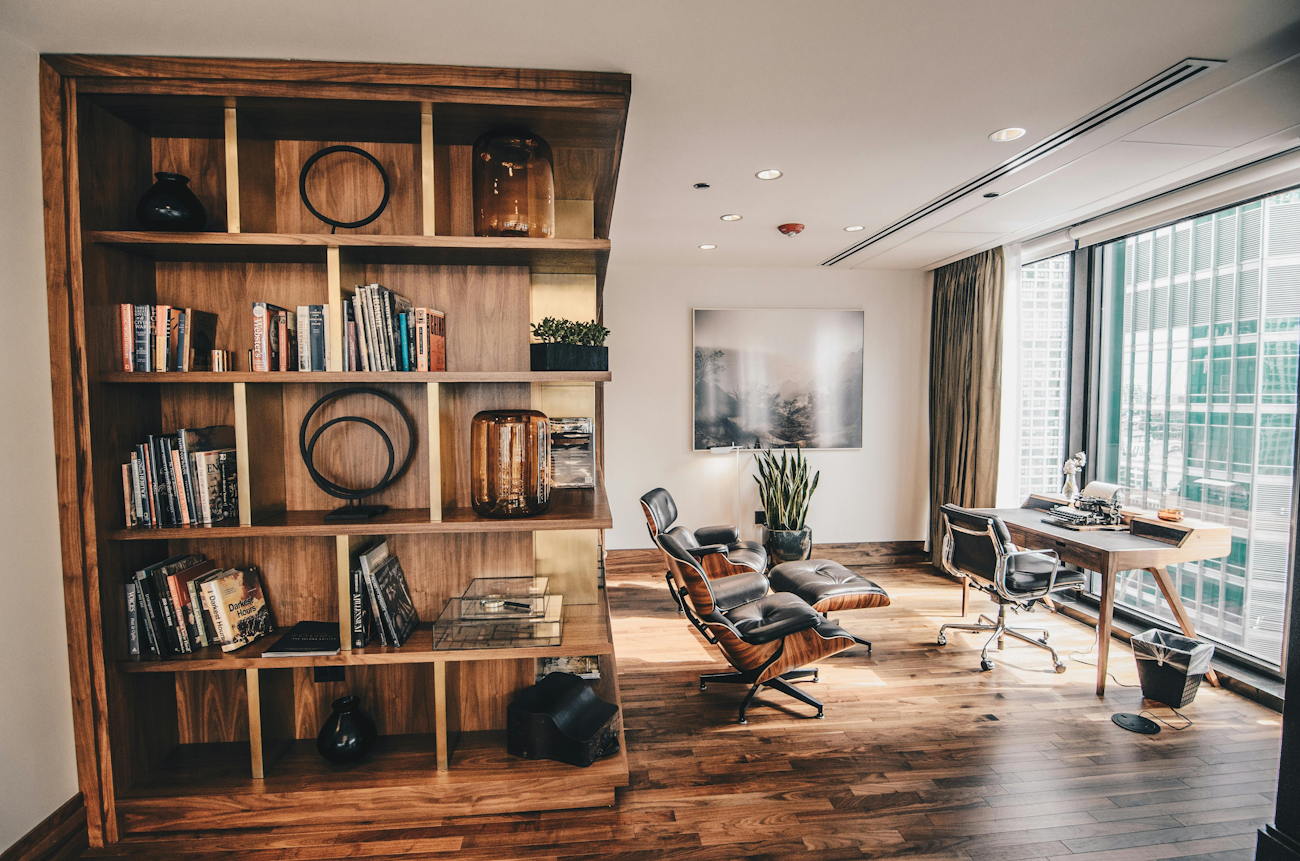Insights
5 Design Dilemmas: Common Office Layout Mistakes and How to Correct Them

Designing an office can be challenging, and many businesses often make common layout mistakes that hinder productivity and create a less inviting environment. Issues such as poor lighting, cramped spaces, or inefficient furniture arrangements can negatively impact your team's performance and make the office less pleasant. Understanding and correcting these mistakes can transform your workspace into a more efficient, comfortable, and enjoyable place to work. In this blog, we’ll explore five typical design dilemmas and offer practical solutions to address them. Read on to discover how to create an office layout that works for everyone.

Poor Lighting
Lighting is a critical aspect of office design, yet it's often overlooked. Poor lighting can cause eye strain, headaches, and fatigue, reducing overall productivity. Natural light is the best option as it boosts mood and energy levels. However, not all office spaces have access to abundant natural light. In such cases, incorporating a combination of ambient, task, and accent lighting can help. Use LED lights for a bright yet comfortable environment, and ensure workstations are well-lit without causing glare on screens. Adjusting light fixtures and adding desk lamps where needed can dramatically improve the workspace.

Cramped Spaces
Overcrowded and cramped office spaces can make employees feel claustrophobic and stressed. Lack of personal space can also hinder concentration and productivity. To correct this, consider the office layout carefully. Implement open-plan designs that maximise the use of space while ensuring there are quiet areas for focused work. Use modular furniture that can be easily rearranged to suit different needs. Creating zones for different activities, such as collaborative work, meetings, and private tasks, can help in optimising space and making the office feel more spacious and organised.

Inefficient Furniture Arrangement
The way furniture is arranged in an office significantly impacts workflow and efficiency. Poor furniture placement can lead to wasted time and energy as employees move around unnecessarily. To fix this, arrange furniture to facilitate easy movement and access. Desks should be positioned to allow natural light and avoid screen glare. Meeting areas should be centrally located, and storage solutions should be within easy reach to minimise disruptions. Ergonomic furniture is also crucial to ensure comfort and reduce the risk of physical strain. A well-thought-out furniture arrangement can enhance productivity and create a more harmonious workspace.

Lack of Flexibility
In today’s dynamic work environment, flexibility is key. An office layout that is too rigid can stifle creativity and adaptability. To address this, design a flexible workspace that can easily adapt to changing needs. Use movable partitions, modular furniture, and multi-purpose areas to allow for quick reconfigurations. This flexibility can accommodate different working styles and team sizes, encouraging collaboration and innovation. Providing a variety of workspaces, such as quiet zones, collaborative areas, and casual seating, can cater to diverse tasks and preferences, making the office more versatile and engaging.

Insufficient Storage Solutions
Clutter can be a significant distraction in the workplace, affecting both efficiency and morale. Insufficient storage solutions lead to disorganisation and a chaotic environment. To correct this, incorporate adequate storage options that keep the office tidy and materials easily accessible. Use filing cabinets, shelves, and storage bins to organise documents and supplies. Encourage a clean-desk policy and provide personal storage spaces for employees. Effective storage solutions not only reduce clutter but also streamline workflow and improve overall office aesthetics, contributing to a more pleasant and productive work environment.

In Conclusion
Designing an efficient and comfortable office space is crucial for productivity and employee satisfaction. By addressing common design dilemmas such as poor lighting, cramped spaces, inefficient furniture arrangement, lack of flexibility, and insufficient storage, businesses can create a more inviting and effective workspace. Implementing practical solutions to these issues can transform the office environment, making it more conducive to work and enhancing overall performance. A well-designed office not only improves productivity but also boosts employee morale, creating a positive and thriving workplace.
Elevate your workspace today and create an environment that inspires success. Visit our website to explore our range of office furniture options.